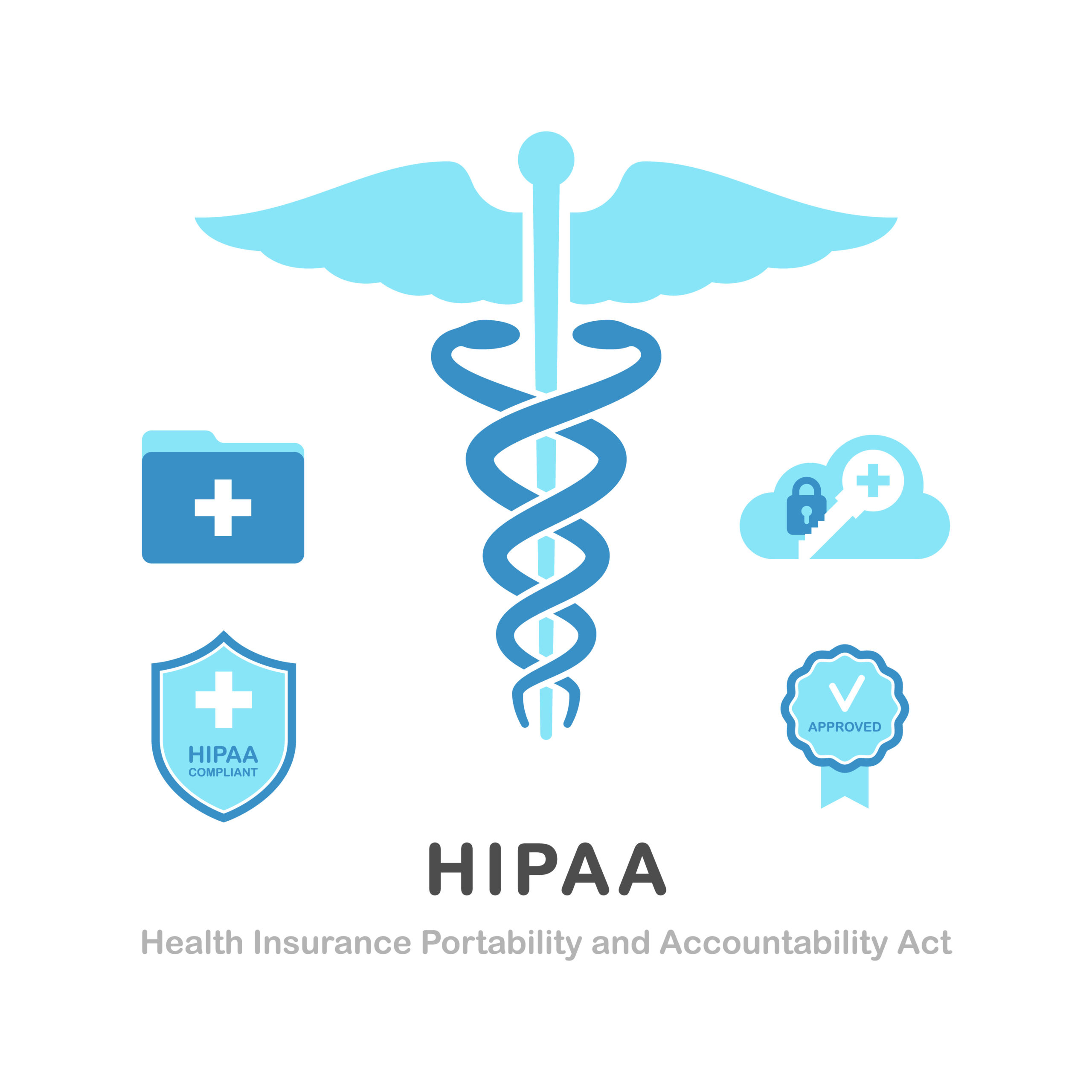Developing HIPAA Compliant Software Using AWS Cloud
As health tech industry advances, every entrepreneur wants to build a HIPAA-compliant platform. It is recommended to get your software compliance audited by an expert. There are a few things to keep in mind using AWS as a backend for any healthcare app.
Cloud providers like Amazon Web Services manage IT infrastructure to increase operational productivity. Many healthcare providers use them to store, process, and send protected health information (PHI) under HIPAA regulations.
HIPAA compliance in AWS creates a secure environment for the maintenance and retention of sensitive health information under the Health Insurance Portability and Accountability Act (HIPAA). A healthcare company must sign a Business Associate Agreement (BAA) with AWS to start using AWS HIPAA-compliant cloud storage. It comprises the security, control, and administrative processes mentioned in HIPAA.9
AWS bids an extensive AWS HIPAA services list to develop scalable, secure, and fault-tolerant HIPAA solutions that can serve an unlimited number of healthcare use cases. In this article, we will include different aspects of building HIPAA-compliant software.
Where To Start?
It is vital to understand HIPAA compliance. One must remember that if we don’t follow steps, things can go wrong.
Check the list of fines/penalties imposed by authorities. Not following HIPAA compliance can cause serious damage.
Check the list of fines/penalties imposed by authorities. Not following HIPAA compliance can cause serious damage.
The main components of a 3-tier architecture of any software are Client interface, Web or Mobile app, Server interface, APIs, and Database. All these 3 tiers must be secured by following all best practices and guidelines provided by HIPAA during healthcare software
development. AWS infrastructure for compliance and optimization for compliance and optimization.
development. AWS infrastructure for compliance and optimization for compliance and optimization.
Why AWS?
As far as operational and physical security is in the picture, AWS has many layers to provide the integrity and safety of customer data. You must follow the AWS HIPAA technical requirements and regulations if your AWS-based system deals with ePHI.The AWS HIPAA compliance efficiency is based on how is it used. Besides, AWS undertakes the responsibility for physical hardware security controls of a limited number of covered services listed here.
Shared Responsibility
To increase the total security level of Amazon’s cloud infrastructure AWS has extended a shared responsibility model.
The infrastructure components and the physical security of the AWS data centers at different geographic locations are handled by Amazon themselves. On the contrary, AWS customers are responsible for the security and HIPAA-compliant architecture of cloud services.
Let’s discuss the shared responsibility model of Amazon and the Customer.
The infrastructure components and the physical security of the AWS data centers at different geographic locations are handled by Amazon themselves. On the contrary, AWS customers are responsible for the security and HIPAA-compliant architecture of cloud services.
Let’s discuss the shared responsibility model of Amazon and the Customer.
Amazon’s Responsibility
It is important to know that the physical security of AWS cloud infrastructure is taken care of by Amazon. They manage the following areas:
- Computing
- Storage
- Databases
- Networking
- Regions
- Availability Zone
- Edge locations
Customer’s Responsibility
It is important to understand that the security of AWS services being used and configured according to HIPAA-compliance solutions is managed by the customer. The following areas must be taken into consideration:- Platform
- Applications
- Identity and access management tools and processes (IAM)
- Operating systems
- Networking traffic protection
- Firewall configurations
- Client and Server-side encryption
HIPAA Compliance is only required if your application collects, stores, or shares patient information which includes name, date of birth, email, phone, health appointments, diagnosis, insurance details, test results, and billing details.
Compliance is not obligatory if it collects information such as walking step-count, calorie count, sleep quality, blood pressure, or sugar levels that are not shared with any other entity.
Enable secure authentication and logging
As per HIPAA guidelines, the application should confirm that only authenticated users will be able to access the resources which are granted to them. Extra care must be taken during longer inactivity after logging. In this case, auto-logout will prevent unauthorized access.
One of the services by AWS is called IAM – Identity and Access Management which is responsible for granting specific access to specific users in easy steps. It tracks and monitors the activity of users to prevent fraudulent handling of data.
Dispose health data as per requirement
According to HIPAA, media has to be cleared, purged, or destroyed consistent with NIST Special Publication 800-88, Guidelines for Media Sanitization. It should be erased in such a way that the PHI cannot be retrieved.
Ensure secure data storage and backup
AWS Backup is a managed solution for automatic backup easier during disaster recovery reducing the risk of downtime.
Secure HTTPS communication must be used in case your app uses secure backend services.
In case your application uses any third-party services, it must follow HIPAA compliance for data transmission.
In case your application uses any third-party services, it must follow HIPAA compliance for data transmission.
Security – Encryption and Decryption
Performing regular audits and monitoring
Regular audits and monitoring are an essential part of HIPAA compliance. It can be done using AWS Config which is a fully managed service that provides you with AWS resource inventory, configuration history, and configuration change notifications to enable security and governance. It allows knowing existing and deleted resources as well as operational troubleshooting.
AWS comprises many features to set up a HIPAA-compliant telehealth platform. Nevertheless, you still need to follow HIPAA security rules, maintain data confidentiality, and best practices for data protection. Both parties are equally responsible for HIPAA compliance.






